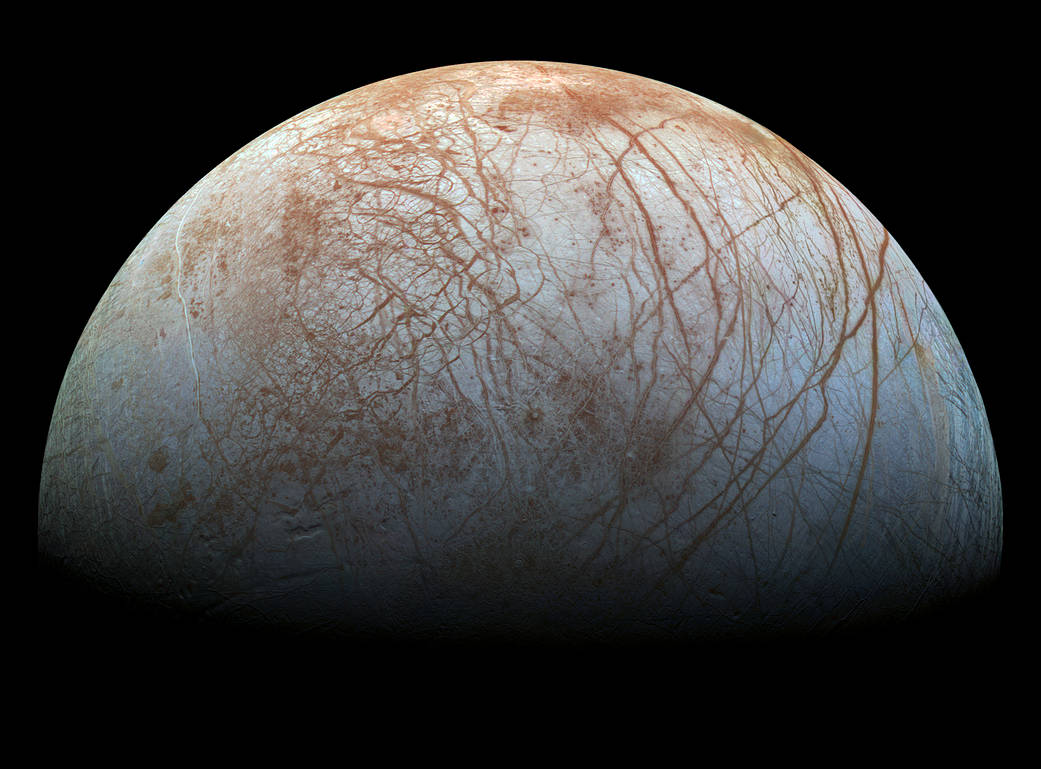‘If there’s any life on Europa, it would be in the ocean’

Today’s report that carbon dioxide was found on one of Jupiter’s biggest moons further teases the prospect of extraterrestrial life. Lorenz Roth, a KTH researcher who contributed to the NASA study, was on the hunt for possible clues to the source of carbon dioxide on the surface of the moon, Europa.
The new results from the James Webb Space Telescope indicate that carbon found on the moon’s icy surface is in all likelihood coming from the deep saltwater ocean encased beneath the ice. Roth says the scientists are confident enough with the existing evidence to favor that explanation over the alternative—that it was delivered to the moon from another body like an asteroid or another moon of Jupiter.
The finding is interesting because carbon is an essential building block of life as we know it.
“Carbon in the ocean makes Europa more likely to be habitable and the fact that it made its way to the surface means that we can probe the ocean material on the surface,” Roth says. “If there’s any life on Europa, it would be in the ocean, not at the surface.”
Roth’s part in the study was to help understand why during the observations the team detected no ejections of water vapor emanating from the ice surface, as they have been observed spewing from subsurface oceans on Saturn’s moon, Enceladus.
He says earlier readings from ultraviolet spectra on Europa obtained by the Hubble telescope indicated the presence of such water vapor plumes. But in this instance, they were not seen because they are likely sporadic and not found everywhere on the moon.
In any case, the region where carbon dioxide was found is one where the surface ice had been disrupted in the relatively recent past on geological time scales (some million years ago). Roth says this means “there is stuff from the deep subsurface ocean being exchanged with the surface.”
There are several explanations for why ocean material reaches the surface. He says it could be upwelling of warmer patches, or pressure causing cracks and then ejections like vapor plumes.
“An active exchange of carbon from the ocean and elements on the surface could promote chemical diversity in the ocean and thus the formation of life,” he says. “It could also probably leave the evidence of life-forming molecules on the surface.
For new sightings of plumes on Europa, Roth sees the Webb telescope as having the best chance to detect them from afar. He’s also looking forward to when the NASA Europa Clipper and European Jupiter Icy Moon Explorer missions will be exploring the moon from close in the early 2030s.
David Callahan
